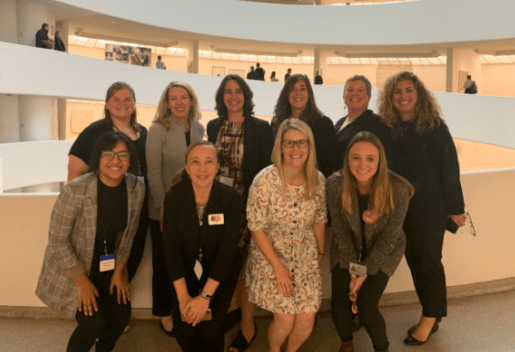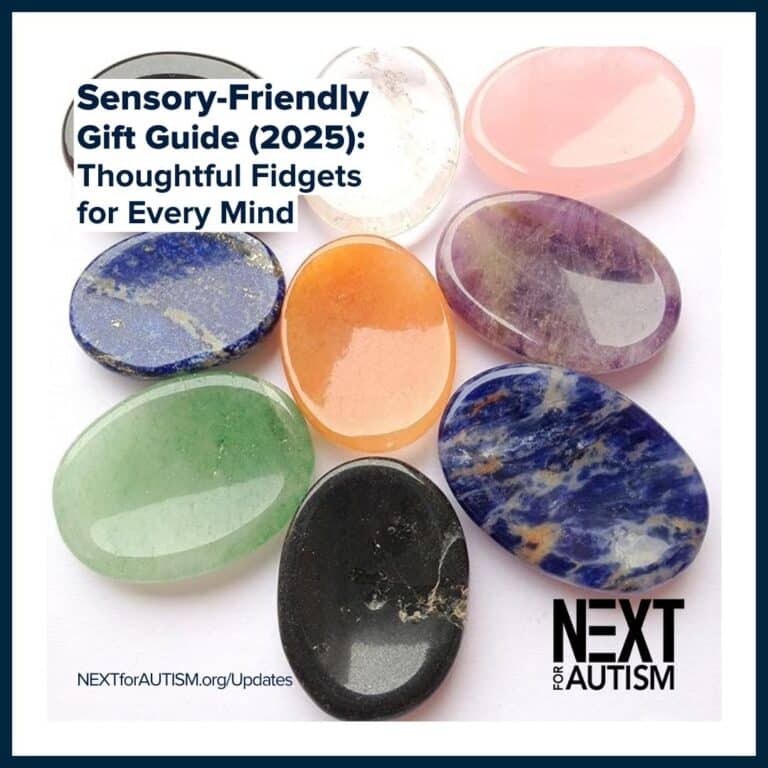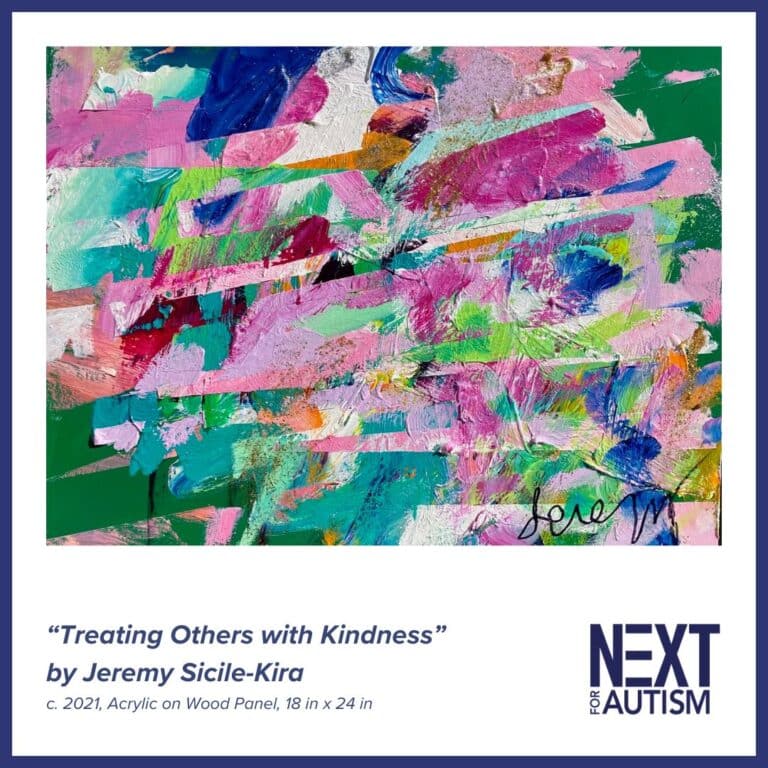https://nextforautism.org/wp-content/uploads/2019/11/Arts-Ed-Resize-300×300.png
Museum outings are popular family affairs — meaningful activities that everyone can enjoy which are also educational. One challenge? The sensory stimuli can be overwhelming to some children, and even more so for some children with autism.
Now, three museums across the country are doing something about it. Educators from the Kansas Children’s Discovery Center in Topeka, Kansas and Young at Art in Davie, Florida met with colleagues at the Guggenheim Museum recently for the first arts education meeting funded by NEXT for AUTISM with grants from our Night of Too Many Stars benefit.*
The educators shared effective strategies for making museum-going a more positive learning experience for children with autism and other disabilities. Here are just a few that might resonate for your child with autism.
The Challenge: New, Overwhelming Experiences
Many children with autism can experience frustration when they are uncertain about their surroundings, and what is coming next.
The Strategy: Social Narratives and Visual Cues
Social narratives are descriptions of steps in a social situation they typically include words and pictures. These preview what children can expect and what they’ll be doing at the museum. They reduce anxiety and make events more interactive and enjoyable. These narratives are reinforced by instructional materials designed to help give children another way of understanding what they’re experiencing and how they can creatively engage with it.
The Challenge: Stimulation Overload
Museums are busy places, full of people moving in different directions and doing different things. Not to mention, the potential sensory stimulation of the exhibit itself, which on the one hand makes it more engaging, but for children with autism, can feel overwhelming.
The Strategy: Special Sensory Times
Small changes can make a difference. Some museums have a sensory-friendly block of time when the fluorescent lighting is dimmed and other sensory stimuli are mitigated. Some open early, during less crowded times, allowing children with autism and their schoolmates or families the opportunity to move through and experience the museums more comfortably and without disturbances. The goal is to provide calm, inviting opportunities for children with autism to learn in a new environment, and be nurtured to explore their own creativity.
One of the benefits of such a gathering of like-minded professionals is that synergies emerge. The educators learned from each other and took away shared ideas that they can implement at their own museums. Arts education is important for all learners, and with the right support, children with autism can also successfully engage in arts experiences. We hope that this is only the first of many art summits.
*Night of Too Many Stars is a benefit done in partnership with HBO.








Leave a Reply